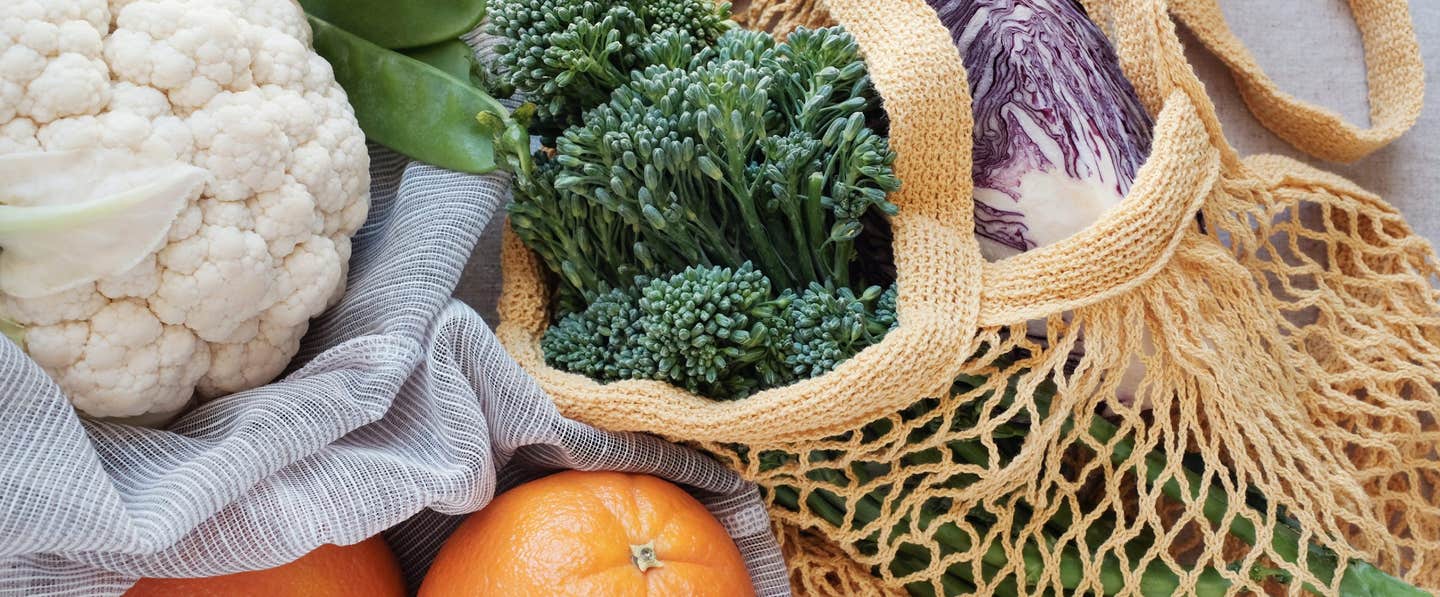By Lisa Elaine Held,
Last Updated:For many people, plant-based eating starts with replacing cow’s milk with oat milk in their morning coffee. According to the Plant Based Foods Association, 39 percent of U.S. households purchased plant-based milks in 2020, and those purchases accounted for 15 percent of retail milk sales. Overall, that’s good news in terms of climate impact, because no matter the main ingredient, plant milks have a much lower carbon footprint compared with dairy milk.
While current research suggests the difference in greenhouse gas emissions from one plant milk to the next is not meaningful, factors related to how and where the ingredients were grown, processed, and transported—such as water and chemical use—impact the environment in other ways. In general, choosing organic minimizes a food’s carbon footprint and other negative environmental impacts from farming, but that option isn’t always available. And because brands vary in terms of how they source ingredients, process plants into milk, and package their products, it’s hard to generalize or make one-to-one comparisons on any given factor. To help you choose the most sustainable option from among the most common plant milks, we’ve outlined the most important variables.
Almond Milk and Water Usage
Almond farming uses the most water compared with the main ingredient in other plant milks, and all U.S. almonds are grown in California, where drought cycles are now a fixture. Production, which is pesticide intensive, can also be tough on bees. In addition, significant energy (and more water) is used to process and package the almonds into milk, which, at the end of all that, is far from the healthy, nutrient-dense food it once was; in fact, it’s little more than water. In a nutshell: It makes more sense to eat almonds than to milk them.
Cashew Milk and Labor Concerns
Cashew milk is similar to almond, but while cashews require less water, like all tree nuts they are still much more water-intensive than beans or seeds. Sustainability also extends to how people are treated, and many human rights organizations have called attention to labor issues in cashew production. Processing the nuts involves an often dangerous de-shelling step done by hand, and investigations have uncovered the use of forced labor in Vietnam and India, where the majority of commercial cashews are grown. If you’re going to sip it, look for companies that provide information about their supply.
The Pros and Cons of Soy Milk
Soy gets a bad rap because we use a lot of land to grow it for animal feed and junk food, typically in systems that can lead to deforestation, depletion of soil, and water pollution. But when grown well and not overprocessed, soybeans can actually contribute to healthy soil—by fixing nitrogen (an important plant nutrient). Soybean crops also need less water than nut crops, and more nutrients from the beans end up in the milk, resulting in a more nutritious beverage. Look for organic or non-GMO.
Avoiding Pesticides in Oat Milk
Like soy, oat milk generally retains more nutrients, including fiber, compared with almond milk. In the field, oats require the least water compared to other plants turned into milk. However, some conventional farmers spray glyphosate (aka Roundup) right before harvest, which can contaminate ecosystems and the crop itself, and organic oats are currently hard to find. The EPA says the levels found on oats are safe; groups like the Environmental Working Group disagree. Oatly, the most popular oat beverage seller, says it does not allow farmers to use pre-harvest glyphosate and that it tests its oats for residue. The company is also pushing the envelope on sustainability by printing emissions numbers on its cartons and publishing regular reports with details on its ingredient sourcing and initiatives to shift to renewable energy and other more efficient practices. (Editor’s Note: Oatly Low-Fat Oatmilk is oil-free.)
Hemp Milk: Environmental Hero
Milk made from hemp is newer to the market, but the seeds are super nutritious and the crop itself is an environmental hero: It can be grown without pesticides easily, is resilient to weather extremes, and has long roots that help build healthy soil. The best part? It’s incredibly good at pulling carbon out of the atmosphere—even better than forests—so it can actually help mitigate climate change. The one issue is that because of legal restrictions on cannabis production, growing hemp can still be complicated, so many companies have to source seeds from around the world. Thankfully, that’s changing.
The Best Option of All? Homemade Plant Milk
Research shows a significant portion of the greenhouse gas emissions from plant milk come from processing and packaging, so by blending your own ingredients at home, you can further reduce the climate footprint while minimizing waste and water use. Learn how to make your own Basic Nut Milk, Sweet Vanilla Almond Milk, and soy milk.
To learn more about a whole-food, plant-based diet, visit our Plant-Based Primer. For meal-planning support, check out Forks Meal Planner, FOK’s easy weekly meal-planning tool to keep you on a healthy plant-based path.
Related News
Get Our Best Price On The Forks Meal Planner

Forks Meal Planner takes the guess work out of making nutritious meals the whole family will enjoy.
SAVE $200 ON OUR ULTIMATE COURSE

Join our best-selling course at a new lower price!




